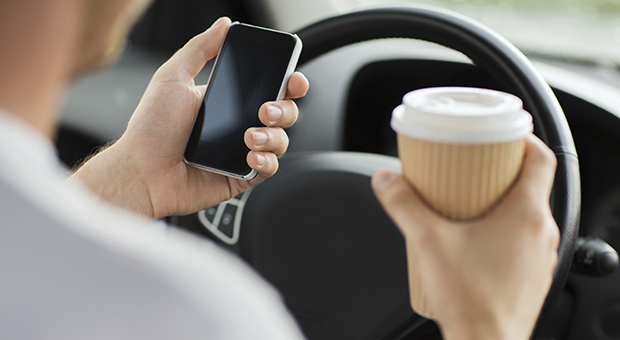Medical Minute: Avoiding the deadly dangers of distracted driving

More than 3,100 people were killed in 2014 as a result of distracted driving, according to the National Highway Transportation Safety Administration.
Although distractions come in many forms, texting is the most dangerous because it takes eyes, hands and minds away from the task at hand.
“People sending or receiving a text have four seconds or more that their eyes are off the road,” said Beverly Shirk, pediatric trauma coordinator at Penn State Health Children’s Hospital. “If you’re traveling 55 miles per hour, that’s the length of a football field. Your reaction time might not allow for you to stop.”
Despite awareness campaigns in recent years, Shirk said the temptations are more present than ever.
Each year, she coordinates four teen driver education programs for youth ages 16 to 20 that focus on how to make good choices behind the wheel. In addition to talking or texting, the teens tell her that operating music controls on the car or electronic device are among their top distractions, as well as using GPS systems and eating.
Shirk recommends switching the phone to silent and stashing it in the glove box where it is out of sight and reach while driving. You can also set up an app on your phone that will automatically respond to incoming calls and texts with a message that you are driving and will get back to the person shortly.
In addition to all the gadgets and electronics, she said drivers can also be distracted by what their passengers are doing or talking about. Even a driver’s own thoughts and feelings can be a distraction.
“When you are angry or upset, you’re more at risk to be an aggressive driver or be in a crash,” she said. “You want to just get in that car and drive away, but you need to take a minute to get your emotions under control because otherwise you’re not going to make good decisions.”
She also suggests pulling over to re-program GPS devices, search for music or deal with passenger issues.
“We talk a lot about how hard it is to always make good decisions,” Shirk said. “But one bad decision can cause a crash, and you will wish you had it back.”
Dr. Scott Armen, chief of the Division of Trauma, Acute Care and Critical Care Surgery and medical director for the adult trauma program at Penn State Health Milton S. Hershey Medical Center, sees the consequences of those bad decisions on a regular basis.
“The worst are fatal crashes,” he said. “It can be incredibly devastating.”
Although drivers of all ages can fall prey to distractions, younger drivers are more likely to be involved in crashes resulting from distracted driving because of their sense of invincibility and their lack of experience behind the wheel, he said.
“It can be hard for them to understand the consequences until they have been involved in it,” he said. “We see people who end up with multiple fractures and need multiple operations as a result of texting or talking on the phone and not paying attention.”
Armen said community engagement around the issue of distracted driving and outreach efforts at local high schools and college campuses are important to help young drivers understand the risks and consequences of their behaviors.
“Encouraging survivors to share their stories with others is key,” he said.
The Medical Minute is a weekly health news feature produced by Penn State Health Milton S. Hershey Medical Center. Articles feature the expertise of faculty physicians and staff, and are designed to offer timely, relevant health information of interest to a broad audience.
If you're having trouble accessing this content, or would like it in another format, please email Penn State Health Marketing & Communications.
